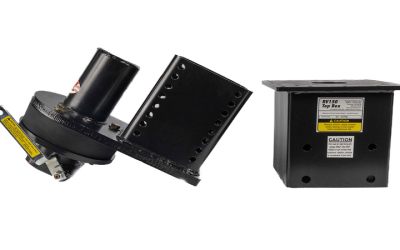Impulse sealing is a heat sealing technique that is mainly used in everyday products like food or item packing and building plastic structures. Though impulse sealing is mainly used in the manufacturing, medical, and shipping industries, there are a lot of homeowners who would use them to seal foods and other personal belongings. Since they provide airtight and secure seal, these sealers can be used at your home to preserve your foods.
With impulse sealing, you get to build a strong and airtight seal by binding plastic sheets together through heat. In most cases, impulse sealing would need impulse sealers or heat sealers to generate the heat and fuse the plastic. When it comes to plastic sealing, no other sealing technique or tool is better than heat sealers.
Impulse heat sealers are, without a doubt, very important these days. Instead of using glues, tapes and other sewing or boding methods, heat sealers allow you to bind plastic sheets in a more convenient way. In order to create an airtight plastic bag through these sealers, you just need to apply heat to the plastic sheets using your sealing machine. If you are looking for a more convenient way to pack and seal plastic bags, make sure to consider using heat sealers.
Whether you are binding them through sewing or through tapes, traditional methods of plastic binding will require a great deal of effort and time at your end. Basically, traditional plastic binding techniques may take hours before your get a good and strong seal. With impulse sealing, on the other hand, you get a strong and quality seal in a short span of time. As a matter of fact, impulse sealing allows you to create a good seal in just a matter of seconds. Unlike sewing, impulse sealing melts the plastic sheets and fuse them together instantly.
When it comes to quality and efficiency, using an impulse heat sealer is definitely a better solution than sewing and gluing. In addition to providing quality seals, heat sealers provide cleaner and more attractive seals. Unlike your traditional plastic binding methods, heat sealers use electricity to generate heat between two or more plastic sheets. When the sealer releases the heat, the plastic sheets will join together. During the heating process, the plastic sheets will turn to a liquid state. Once the plastic sheets are in their liquid state, you have to press them, so that it will result to a single layer bond that is stronger than the individual plastic sheets.
Impulse sealers have temperature controls to help users manipulate the power of electricity or heat of these machines. With the help of these controls, you can apply the right amount of heat or energy for the type of plastic sheet you are binding or sealing. For instance, if you want to bind heavy-duty plastic sheets with this sealer, you need to increase the temperature of your plastic sealer using these controls. However, for lighter and more delicate plastic sheets, you need to use a lower temperature rate for your heat sealer.


